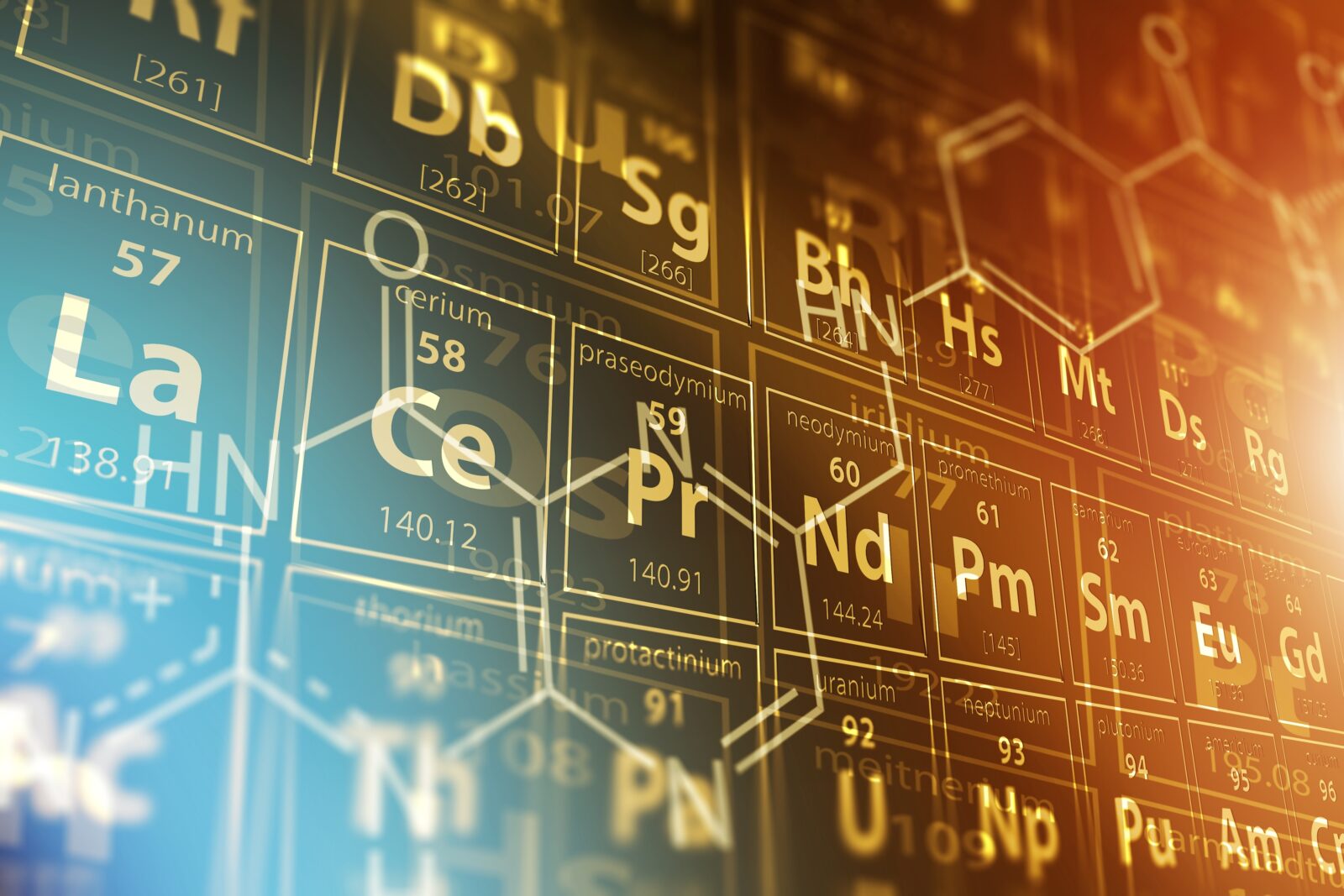


Introducing Online High School Chemistry With A Design Perspective

Why Human Skeletal Joints Are Engineering Masterpieces, Pt. 1
On this ID the Future, Stuart Burgess, one of Britain’s top engineers, explains how the skeletal joints in the human body are masterpieces of intelligent design. He also responds to claims by some evolutionists that human joints are badly designed and supposedly evidence of Darwinian evolution’s blind trial-and-error process. This presentation was taped at the 2022 Westminster Conference on Science and Faith in the greater Philadelphia area, which was jointly sponsored by Discovery Institute’s Center for Science and Culture, and Westminster Theological Seminary. Here in Part 1, Burgess focuses on the ankle joint, showing that it packs an extraordinary amount of functionality into a small space, beyond anything human engineers have managed to achieve either in prosthetics or robotics.

Michael Behe: Evolution, Devolution, Design
Today’s ID the Future features three recent Evolution News essays by Lehigh University biology professor and Darwin Devolves author Michael Behe, as read by host Andrew McDiarmid. In the first, nothing shows the feebleness of Darwinism quite so much as breathless stories about new results that turn out to be much ado about nothing. In this case, it’s some recent speculation about the rise of “lactase persistence” in many human adults. Then it’s onto malaria, much beloved of evolutionists, not for its lethality but as a demonstration of evolution in action. But Behe dissects the latest news story on the topic to show that the touted malaria evolution is, once again, malaria gnawing off the proverbial leg to achieve a niche advantage—that is, mere devolution. It’s akin, Behe says, to the rise of tuskless elephants in Africa, where having the devolutionary mutation that leaves an elephant tuskless renders the creature of no interest to elephant-slaying ivory poachers, thereby improving its chances of survival. In the third essay Behe makes a case for his favorite way of concisely describing what we detect when we detect intelligent design in biology. For a great collection of Dr. Behe’s essays, get a copy of his newest book, A Mousetrap for Darwin: Michael Behe Answers His Critics.

Information, Specified Complexity and the Explanatory Filter
On this episode of ID the Future, we hear the third and final portion of a talk given at the 2020 Dallas Science and Faith conference. Daniel Reeves, education outreach coordinator at Discovery Institute, rounds out his extended explanation of intelligent design theory. Far from being “Gee whiz that’s complicated; it must be designed!,” the theory relies on well-defined concepts such as specified complexity and an explanatory filter that allows one to distinguish designed events from either chance, necessity, or a combination of the two. The key in the molecular biological realm: detecting functional information.
Rabbi Moshe Averick Takes on Stephen Hawking’s Nonsense of a High Order
On this episode of ID the Future, Ira Berkowitz interviews Rabbi Moshe Averick, author of Nonsense of a High Order: The Confused World of Modern Atheism, about Stephen Hawking’s comments on God and religion in Hawking’s posthumously published Brief Answers to the Big Questions. Averick describes the work as “superficial,” “convenient” and marked by “a glaring lack of profundity.” Or as the rabbi puts it, “If he did physics that way his university would have fired him.” Listen in to hear why Averick has such a problem with the new book.
Read More ›
Michael Denton: Remarkable Coincidences in Photosynthesis
On this episode of ID the Future, we listen in on a few minutes from a lecture given by CSC Senior Fellow Michael Denton. We’ve all heard of the importance of photosynthesis as an oxygen creating process. In this segment, Denton explains the “remarkable set of coincidences” which makes the creation of oxygen through photosynthesis possible. From the specific energy of visible light to the unique properties of water, this degree of improbability screams DESIGN. For more from Denton, this time focusing on H2O itself, take a look at his new book, The Wonder of Water.

A Doc Looks at Why Water is Important for Human Life
On this episode of ID the Future, to celebrate Michael Denton’s newest book, The Wonder of Water, we bring you a conversation between Ray Bohlin and Howard Glicksman on the body’s wondrous control systems for using water. Dr. Glicksman is a medical doctor and author of an extended series of posts at Evolution News & Science Today, “The Designed Body.”

Jeremy England’s Physics-Based OOL Theory Under the Microscope
On this episode of ID the Future, Brian Miller, who holds a Ph.D. in physics from Duke University, examines Dr. Jeremy England’s physics-based theory of the origin of life. England’s theory, based on his studies of “non-equilibrium systems,” suggests that a system driven strongly enough could create order and therefore be a potential explanation for the origin of life. Miller summarizes the theory and discusses what he sees as its fatal weaknesses.

Zombie Science Author: From Berserkeley to Berkeley and Back Again
On this episode of ID the Future, Zombie Science author Jonathan Wells talks about his multifaceted, impressive and, at times, quirky educational history. Dr. Wells started as an undergrad geology major at Princeton and later moved to Berkeley to finish his undergraduate work. He was arrested as a conscientious objector and saw the ugly side of the anti-war movement. Disgusted, he moved to the remote mountains and there discovered evidence of intelligent design. After snagging a Ph.D. in theology from Yale, he returned Berkeley for his second Ph.D., this one in embryology. It was in studying embryos that Dr. Wells came across his first Icon of Evolution, Haeckel’s embryos. More icons soon followed. These and the dogmatism of the scientific materialists are explored in his newest book, Zombie Science: More Icons of Evolution.
Read More ›